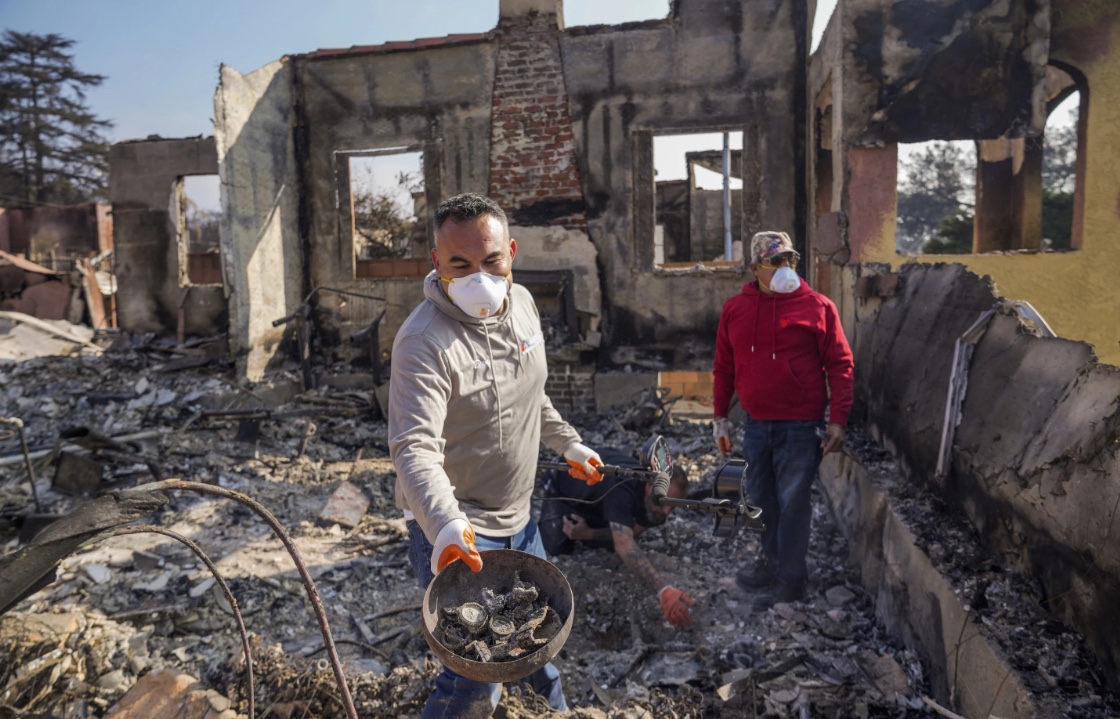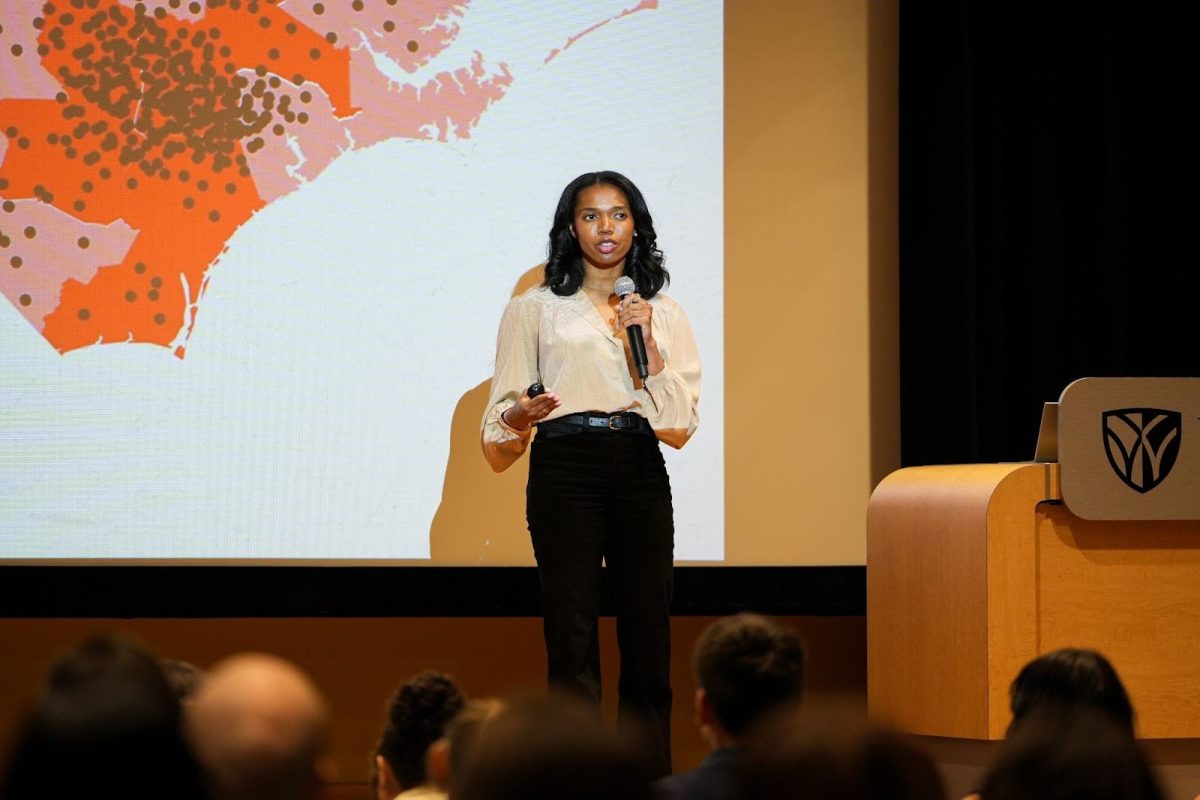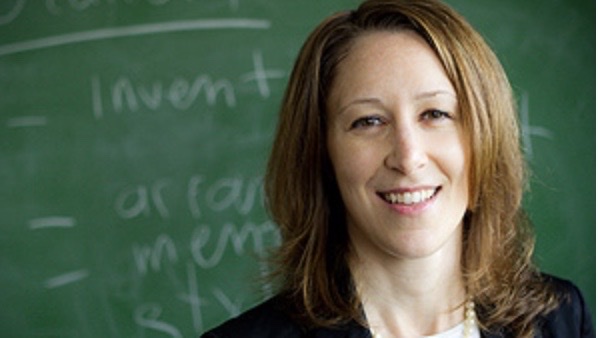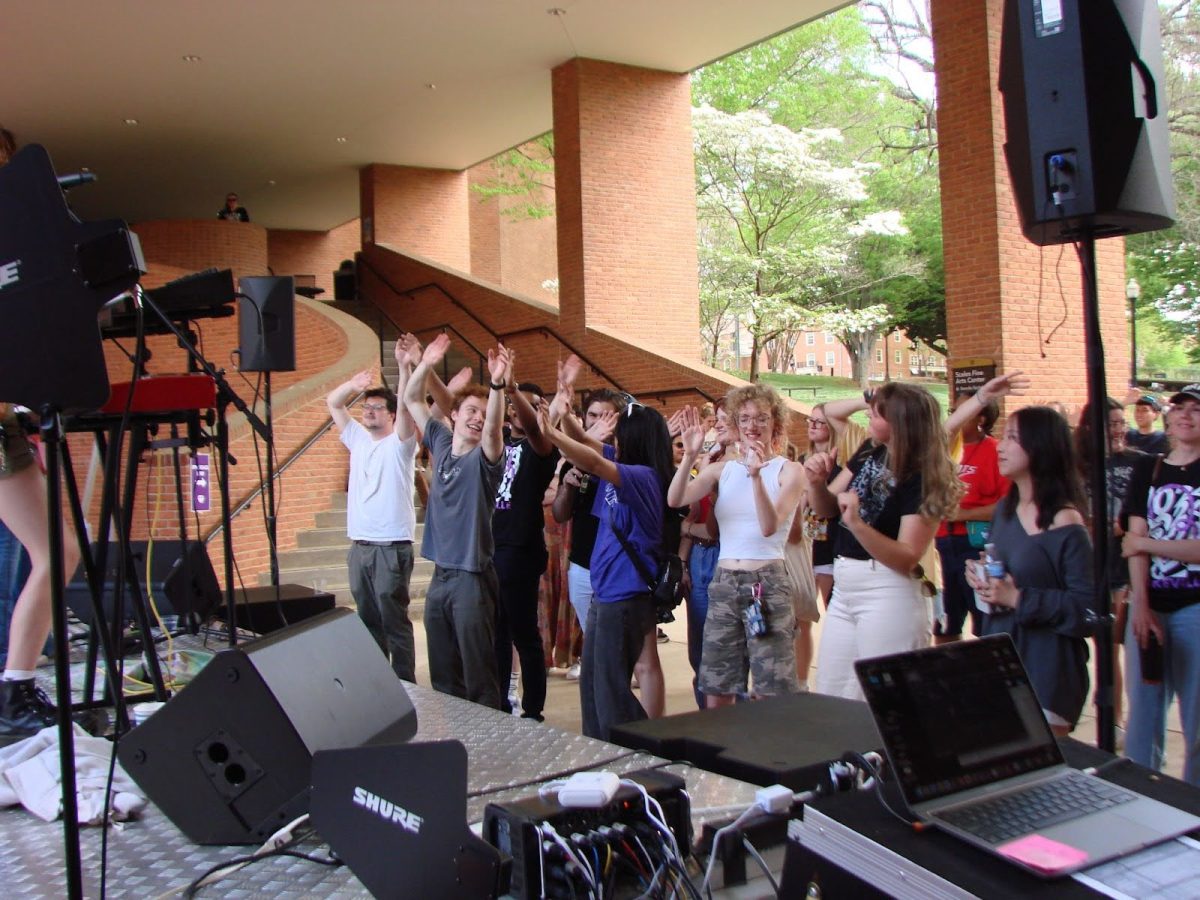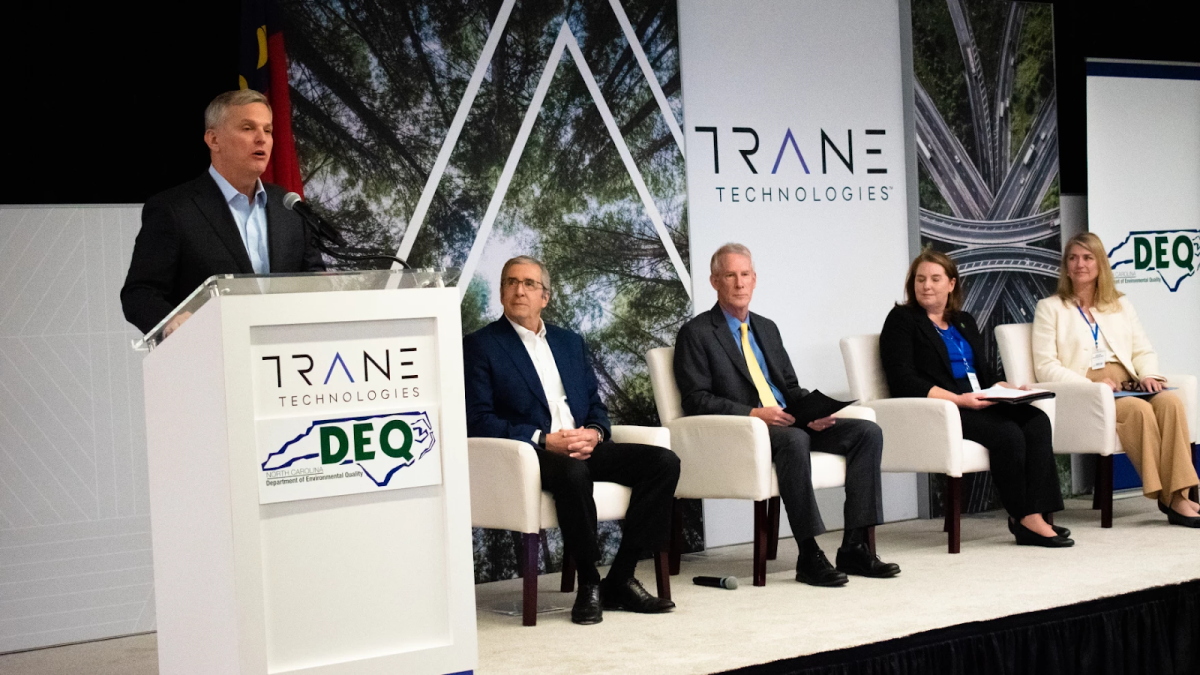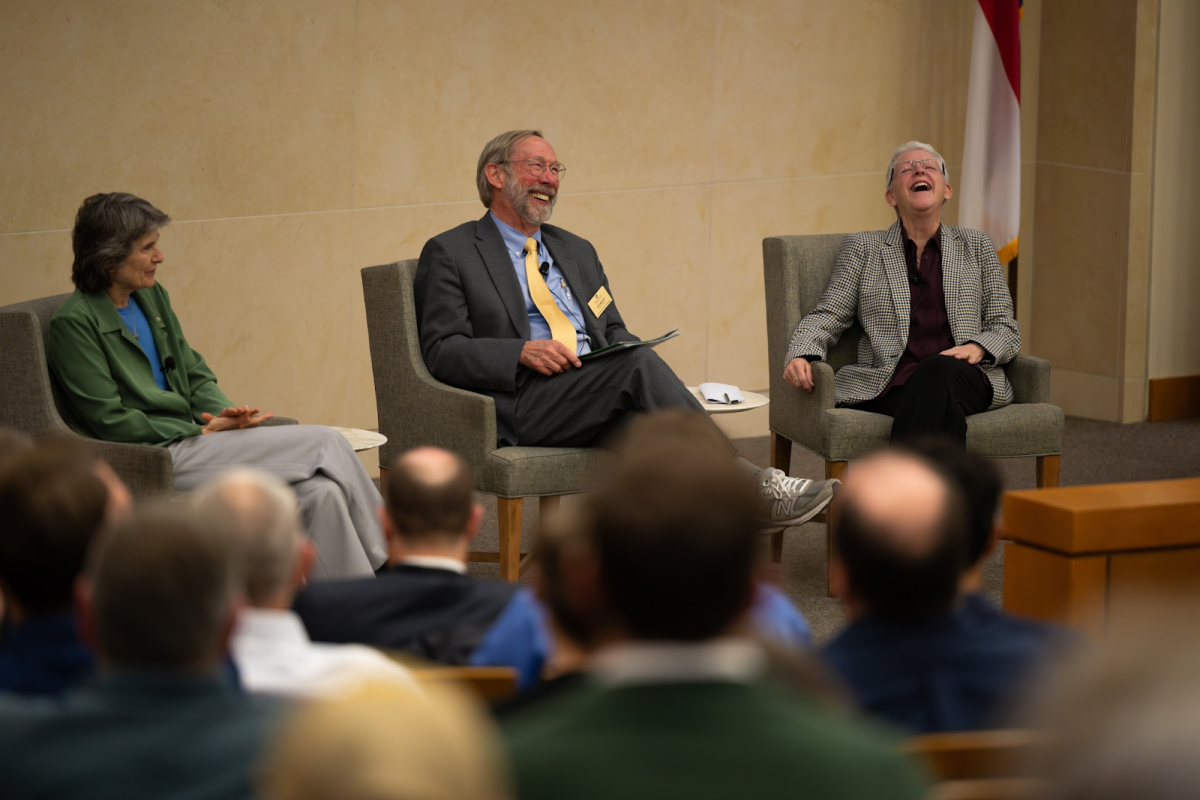On the morning of Jan. 7, just days into the new year, the Palisades Fire erupted and ravaged the Los Angeles County coast from Malibu to Santa Monica. Within 24 hours, two more fires — Eaton and Hughes — ignited.
After two years of unusually heavy rain in California, a year of drought created the perfect conditions for fires to escalate.
By January’s end, the fires were fully contained after burning more than 50,000 acres of land — larger than Washington DC — destroying over 16,000 structures and displacing 150,000 people.
Californians are well accustomed to “fire season,” which ranges from July until November, and the fear and destruction it brings.
“Being from Southern California, it’s kind of just a part of life […],” senior Liz O’Shea explained. “There’s always two or three big fires every year, but they just never get close enough [that] you’re actually worried.”
This set of fires, however, was unusual because it occurred outside this window. Its catastrophic intensity was fueled by drought conditions and Santa Ana winds up to 100 miles per hour. According to AccuWeather Chief Meteorologist Jonathan Porter, the rapid, wind-driven fires became one of the costliest wildfires in modern history, totaling an estimated damage of over $250 billion — more than Hurricane Katrina.
While the fires occurred across the country, their effects have reached Wake Forest’s campus. O’Shea, who lived in the Palisades for nearly her whole life, expressed her feelings about the intense loss from these fires.
“It’s like where you went to ride your bike, like where you played your first soccer game, like where you had your first kiss at your friend’s house,” O’Shea said. “None of those places exist anymore […]. They’re all just memories instead of tangible places you can go and visit, which is really hard to conceptualize.”
Many people, from the coast of California to Wake Forest’s campus, have lost a place filled with beloved memories and community. Families excitedly enjoying the holidays a month earlier now sift through the ashes of their beloved towns, hoping to find something to salvage.
“While no one that I know passed away, it still feels like a death in a way. It’s like the death of your childhood almost,” O’Shea said.
The growing risk of natural disasters
Extreme climate events are becoming more common. Within the past year, Asheville, North Carolina also experienced an extreme climate event from intense flooding from which the town is still recovering. Although the type of disaster differs, it demonstrates a concerning pattern for the United States.
Stephen Smith, a professor in the environment and sustainability studies department, talked to the Old Gold & Black about the scientific causes behind increasing extreme weather events.
“What we know is that as the planet gets warmer and warmer, we will see a pretty linear and strong correlation with the number of wildfires and how bad they are,” said Smith.
He clarified that while fires do occur independently, fires of such magnitude and intensity are becoming more likely due to climate change.
“With each incremental degree of warming things like forest fires and droughts continue to get worse and more common. Hurricanes [also] get stronger,” Smith said.
President Donald Trump has taken action to reverse many programs and initiatives designed to combat climate change. Along with withdrawing the U.S. from the Paris Agreement, he reduced funding for climate initiatives and supported increased fossil fuel production.
Trump also signed an executive order on his first day in office to open parts of the Arctic Wildlife National Refuge, a previously protected wildlife reserve in Alaska, for drilling. Trump’s choice to blatantly disregard climate change and its impact will harm the people of the United States.
Belgian Climate Scientist Joeri Rogelj states that “political decisions that disregard evidence … will be harshly course-corrected by the hard physical reality of climate change.”
While it is easy to feel hopeless, people can still make a difference.
“Although there may not be progress from the top down in the next four years, people can still make a difference from the bottom up,” Smith said.
There are many opportunities for positive change within local communities, and if each person committed to making a difference steps up and does not lose hope, meaningful progress can be made.



